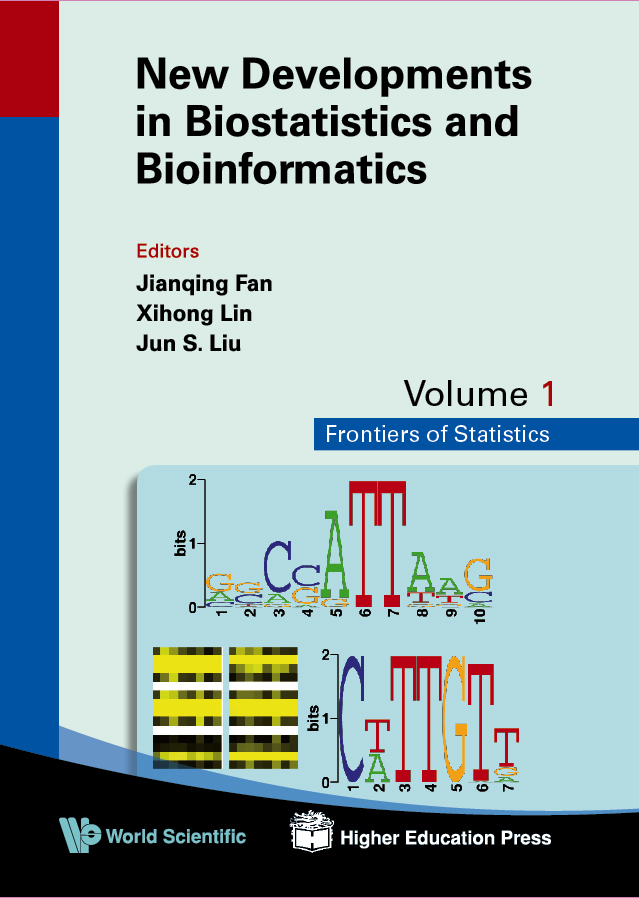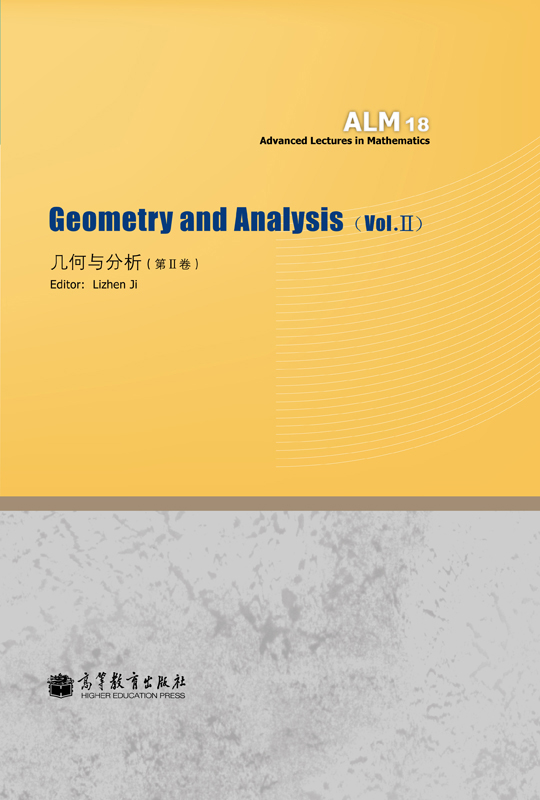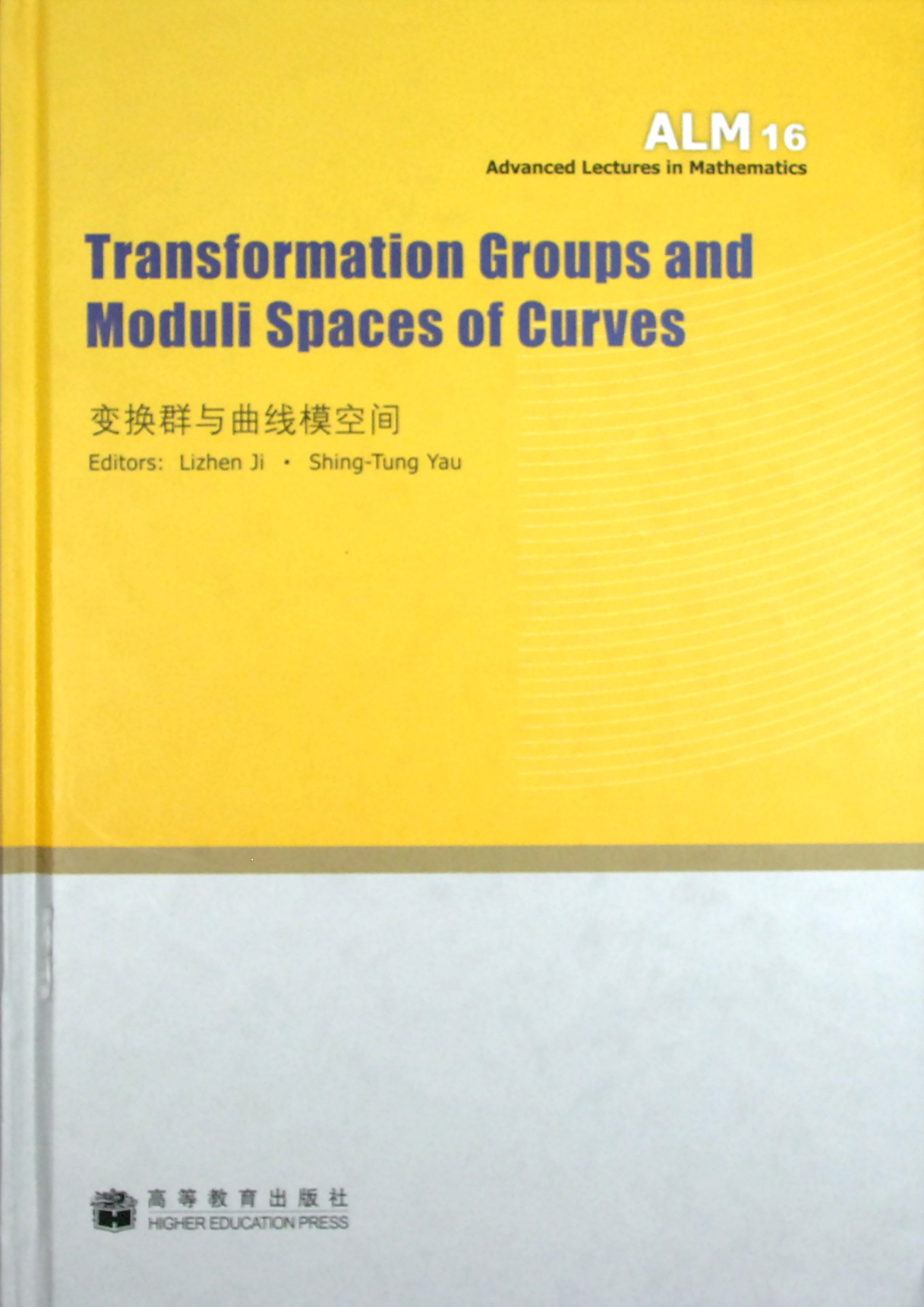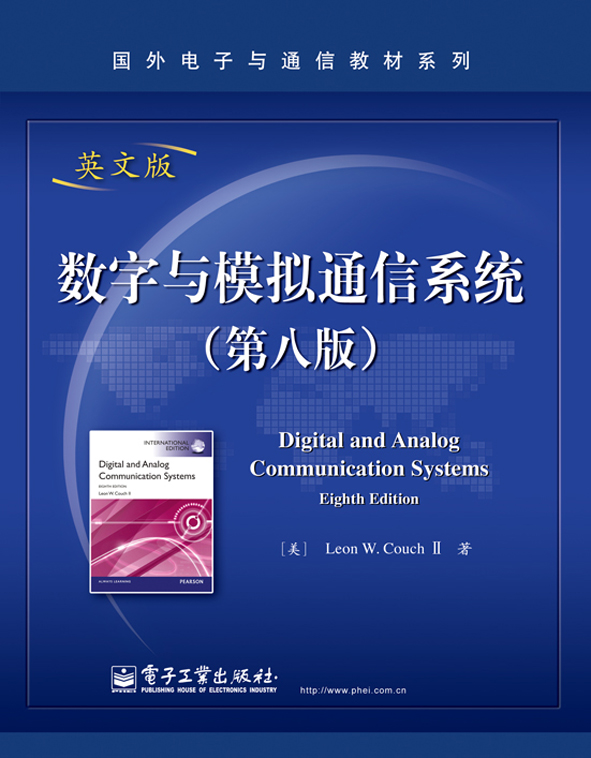New Developments in Biostatistics and Bi
作者: 范剑青 林希虹 刘军
出版时间:2008-12-30
出版社:高等教育出版社
- 高等教育出版社
- 9787040247558
- 1
- 300213
- 精装
- 16开
- 2008-12-30
- 355
- 272
This book presents an overview of recent developments in biostatistics and bioinformatics. Written by active researchers in these emerging areas, it is intended to give graduate students and new researchers an idea of where the frontiers of biostatistics and bioinformatics are as well as a forum to learn common techniques in use, so that they can advance the fields via developing new techniques and new results. Extensive references are provided so that researchers can follow the threads to learn more comprehensively what the literature is and to conduct their own research. In particulars, the book covers three important and rapidly advancing topics in biostatistics: analysis of survival and longitudinal data, statistical methods for epidemiology, and bioinformatics.
Front Matter
Part I Analysis of Survival and Longitudinal Data
Chapter 1 Non- and Semi- Parametric Modeling in Survival Analysis Jianqing Fan, Jiancheng Jiang
1 Introduction
2 Cox’s type of models
3 Multivariate Cox’s type of models
4 Model selection on Cox’s models
5 Validating Cox’s type of models
6 Transformation models
7 Concluding remarks
References
Chapter 2 Additive-Accelerated Rate Model for Recurrent Event Donglin Zeng, Jianwen Cai
1 Introduction
2 Inference procedure and asymptotic properties
3 Assessing additive and accelerated covariates
4 Simulation studies
5 Application
6 Remarks
Acknowledgements
Appendix
References
Chapter 3 An Overview on Quadratic Inference Function Approaches for Longitudinal Data
John J. Dziak, Runze Li, Annie Qu
1 Introduction
2 The quadratic inference function approach
3 Penalized quadratic inference function
4 Some applications of QIF
5 Further research and concluding remarks
Acknowledgements
References
Chapter 4 Modeling and Analysis of Spatially Correlated Data Yi Li
1 Introduction
2 Basic concepts of spatial process
3 Spatial models for non-normal/discrete data
4 Spatial models for censored outcome data
5 Concluding remarks
References
Part II Statistical Methods for Epidemiology
Chapter 5 Study Designs for Biomarker-Based Treatment Selection Amy Laird, Xiao-Hua Zhou
1 Introduction
2 Denition of study designs
3 Test of hypotheses and sample size calculation
4 Sample size calculation
5 Numerical comparisons of eciency
6 Conclusions
Acknowledgements
Appendix
References
Chapter 6 Statistical Methods for Analyzing Two-Phase Studies Jinbo Chen
1 Introduction
2 Two-phase case-control or cross-sectional studies
3 Two-phase designs in cohort studies
4 Conclusions
References
Part III Bioinformatics
Chapter 7 Protein Interaction Predictions from Diverse Sources Yin Liu, Inyoung Kim, Hongyu Zhao
1 Introduction
2 Data sources useful for protein interaction predictions
3 Domain-based methods
4 Classication methods
5 Complex detection methods
6 Conclusions
Acknowledgements
References
Chapter 8 Regulatory Motif Discovery: From Decoding to Meta-Analysis Qing Zhou, Mayetri Gupta
1 Introduction
2 A Bayesian approach to motif discovery
3 Discovery of regulatory modules.
4 Motif discovery in multiple species
5 Motif learning on ChIP-chip data
6 Using nucleosome positioning information in motif discovery
7 Conclusion.
References.
Chapter 9 Analysis of Cancer Genome Alterations Using Single Nucleotide Polymorphism (SNP) Microarrays Cheng Li, Samir Amin.
1 Background.
2 Loss of heterozygosity analysis using SNP arrays
3 Copy number analysis using SNP arrays
4 High-level analysis using LOH and copy number data
5 Software for cancer alteration analysis using SNP arrays
6 Prospects
Acknowledgements
References
Chapter 10 Analysis of ChIP-chip Data on Genome Tiling Microarrays W. Evan Johnson, Jun S. Liu, X. Shirley Liu
1 Background molecular biology
2 A ChIP-chip experiment
3 Data description and analysis
4 Follow-up analysis
5 Conclusion.
References.
Subject Index
Author Index
彩插
版权








